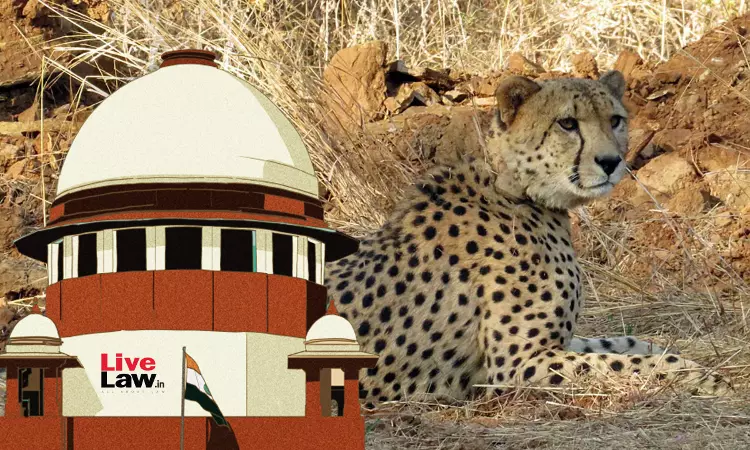Kuno Cheetah Deaths| Mortalities Troubling But Not ‘Unduly Alarming’: Centre To Supreme Court
Sheryl Sebastian
3 Aug 2023 3:30 PM IST

Next Story
3 Aug 2023 3:30 PM IST
In the wake of recent deaths of Cheetahs translocated to Madhya Pradesh’s Kuno National Park from the African continent, the Centre has informed the Supreme Court than even though the mortalities among the introduced cheetah population are troubling, they are not ‘unduly alarming’. As per media reports, another cheetah has died in the Kuno national park this week, taking the number...
